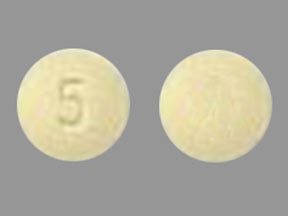Suvorexant and Alcohol/Food Interactions
There is 1 alcohol/food/lifestyle interaction with suvorexant.
Suvorexant Food/Lifestyle
Moderate Food Interaction
Food can delay the absorption of suvorexant, which may increase the amount of time it takes for the medication to work. For faster sleep onset, do not take suvorexant with or soon after a meal. Suvorexant should also not be taken with grapefruit juice, as it may significantly increase the levels of medication in the blood. This can increase the risk of side effects including excessive drowsiness, motor impairment, amnesia, anxiety, hallucinations, and breathing difficulties (especially if you have a respiratory disorder such as asthma or obstructive sleep apnea). Talk to your doctor if you have any questions or concerns. You should avoid the use of alcohol while being treated with suvorexant. Avoid driving or operating hazardous machinery until you know how the medication affects you, and do not exceed the dosage or frequency of use prescribed by your doctor. It is important to tell your doctor about all other medications you use, including vitamins and herbs. Do not stop using any medications without first talking to your doctor.
Switch to professional interaction data
Suvorexant drug interactions
There are 500 drug interactions with suvorexant.
Suvorexant disease interactions
There are 6 disease interactions with suvorexant which include:
More about suvorexant
- suvorexant consumer information
- Check interactions
- Compare alternatives
- Reviews (573)
- Side effects
- Dosage information
- During pregnancy
- Drug class: miscellaneous anxiolytics, sedatives and hypnotics
- Breastfeeding
- En español
Related treatment guides
Drug Interaction Classification
| Highly clinically significant. Avoid combinations; the risk of the interaction outweighs the benefit. | |
| Moderately clinically significant. Usually avoid combinations; use it only under special circumstances. | |
| Minimally clinically significant. Minimize risk; assess risk and consider an alternative drug, take steps to circumvent the interaction risk and/or institute a monitoring plan. | |
| No interaction information available. |
See also:
Further information
Always consult your healthcare provider to ensure the information displayed on this page applies to your personal circumstances.


